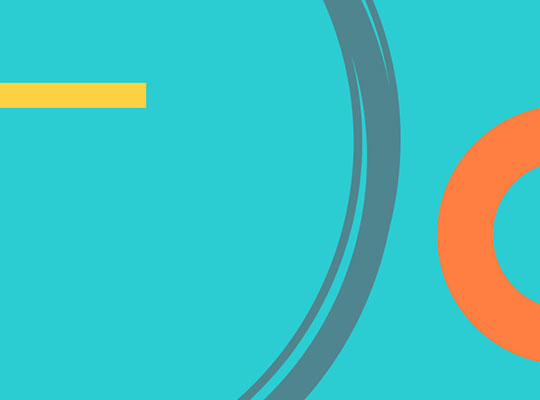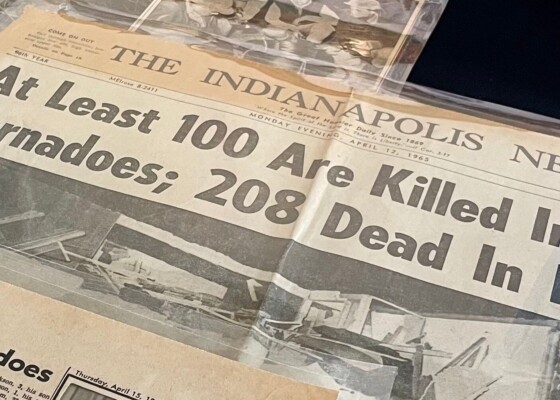Five Things We Learned About Big Data + Opioids
January 26, 2018You might know that the opioid epidemic in this country is far-reaching and difficult to contain. Just take a look at some recent stats: According to the Alliance for a…
You might know that the opioid epidemic in this country is far-reaching and difficult to contain. Just take a look at some recent stats: According to the Alliance for a Healthier Indiana, drug overdoses have increased in our state by 500 percent since 1999. In 2015, more than 1,200 people in Indiana died from a drug overdose; Hoosiers are now more likely to die due to a drug overdose than a car accident. Opioids cost Indiana $770 million annually in healthcare costs alone. Sometimes, it can feel a bit overwhelming. That’s why we organized an INconversation with Dr. Jennifer Walthall, the Secretary of the Indiana Family and Social Services Administration, and Chad Priest, the CEO of the American Red Cross Indiana Region, to find out about the strategies at work (particularly around big data) and the ethical and moral questions surrounding the use of that data—even when it’s helping to save lives. If you’d like to see the full conversation, here’s a link to the video, produced by WFYI and with support from the Richard M. Fairbanks Foundation.
As we typically do after a thought-provoking Indiana Humanities event like this one, here are five things we learned last night:
- What is big data and how is it being used in healthcare? Although big data—the large volume of data that can be collected and analyzed in and across data sets (e.g., Medicaid, birth/death certificates)—isn’t new, it is somewhat new to healthcare. Jen explained that regarding big data, the healthcare field didn’t really know what it had for a while, and then people weren’t sure they should tell anyone about the goldmine they had discovered. Cautiously and responsibly, that’s beginning to change. Indiana was the first state to de-identify Medicaid data for the public and make it open-source data. There are dashboards to help officials get information in real time so that we can optimize resources and help people—and providers—in their time of need.
- With great power comes great responsibility. While the nurse in Chad loves that we can lean on technology like bit data to fix problems, the lawyer in him isn’t so sure about it. Jen agrees that there are significant boundaries and wants to make sure people trust that their data is being taken care of. But she also says we have an obligation to do something when we see something. She looks forward to the day when data shared widely can help everyone achieve their best healthcare outcome, regardless of who they are and where they live.
- Don’t be afraid to scrap bad ideas. “Let’s not do things because they seem like a good idea,” Jen said. “Let’s do them because they are a good idea.” Only by analyzing the data can we find out if our strategies are working. And if they aren’t, we can’t let our pride get in the way, she says. If our desired outcome is to help people, then we must put that energy toward thinking about the next solution. It’s also something Claire Fiddian-Green from the Richard M. Fairbanks Foundation mentioned in her closing remarks about supporting evidence-based prevention methods in schools and being responsive to what the data tells us.
- Do we save individuals or the whole world? Why not both? In a great humanities discussion, we listened in about the real tension between trying to help the person right in front of you and trying to save the entire world. Jen balances this by continuing to work E.R. shifts even as she serves in her administrative role. It’s a sentiment that reminded us of this 1931 Bertolt Brecht poem “A Bed for the Night.” And even if you’re saving “just” one person, why can’t you apply what you learned to the million other people they represent, she pointed out.
- Big data to the rescue! The future will be data-driven, so it seems. And that feels like a good thing when it comes to healthcare. When the Open Beds 211 Platform launches this spring, it will revolutionize the way patients and providers get information about treatment options. Chad pointed out that after using big data for resources and tools, what if people were next? Future data collection could help connect citizens carrying Naloxone (or an EpiPen) to strangers on the street via a simple app on their phone. What if we could better analyze risky behaviors to predict (and take action) when someone is about to make a health mistake? Could we target those people with an Instagram post or a Facebook ad? Of course these new questions all come with their own ethical dilemmas.
We will be thinking about these themes and others for a long time. We hope you will too. If you’re interested in other resources on the opioid epidemic, check out the book Dreamland: The True Tale of America’s Opioid Epidemic by Sam Quinones and this county by county data from the Alliance for a Healthier Indiana. These reports compiled by the Richard M. Fairbanks Foundation may also be of interest.
This INconversation was part of Indiana Humanities’ multiyear thematic initiative Quantum Leap, which explores the spirit of possibility and problem solving that happens when we bridge the STEM (science, technology, engineering and math) fields with the humanities (history, literature, philosophy, religion, world languages and culture, etc.). We hope you’ll join us for other interesting conversations, field trips to places of discovery, a statewide read of Frankenstein and more. Learn more at www.IndianaHumanities.org/QuantumLeap.
Special thanks to Dr. Jennifer Walthall and Chad Priest. This event was made possible by support from WFYI and the Richard M. Fairbanks Foundation.

